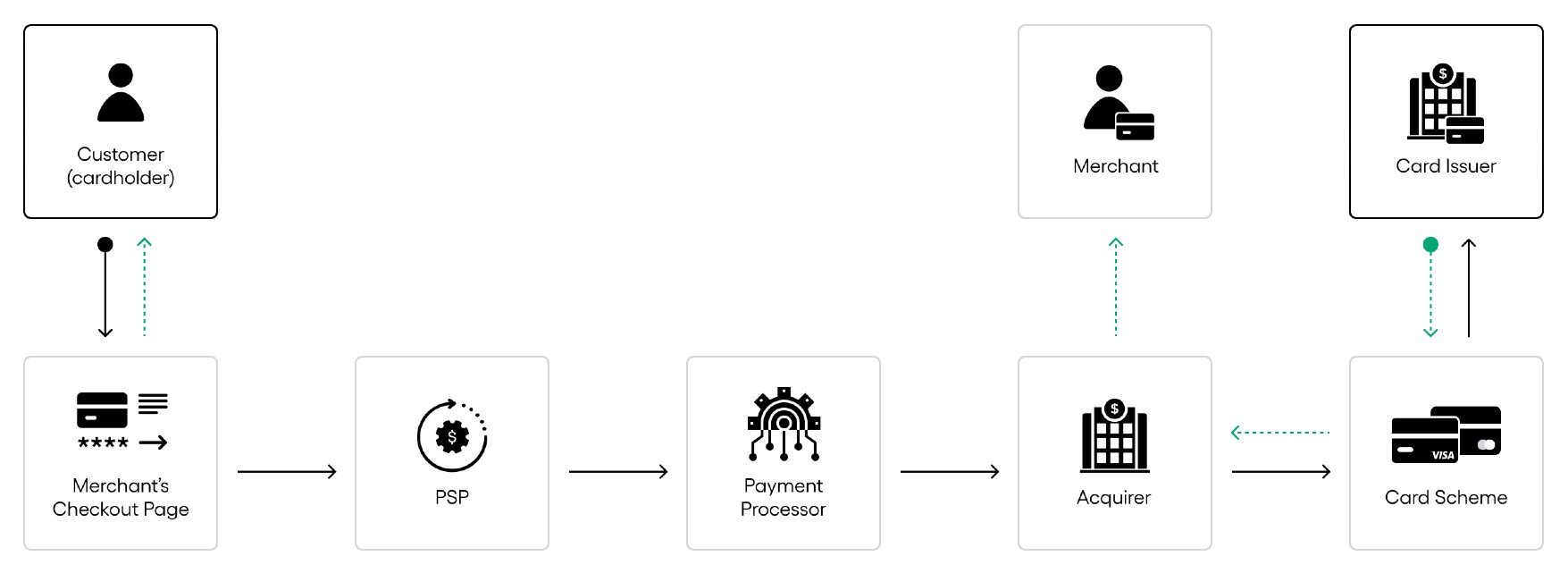On Employees...
Adyen provides a lot of detail into their offices and staffing across their eleven different office location designations. This ranges from their headquarters in Amsterdam to offices in San Francisco, London, Paris, etc.
Their most recent batch of hires was comprised of 60% technology employees, 25% commercial roles and 15% support staff. In evaluating how much they compensate their employees we will assume every single employee is a software engineer and evaluate their compensation spend accordingly. Which, given that no employee has had a +$1M compensation package, founders included, this will skew our numbers in the direction of conservatism
In adding up the average software engineering pay in each of the markets they have an office in, and weighting that to the number of head count they carry, we find that the expected blended market cost of each employee would be €87,224 and €88,281 for 2022 and 2021 respectively. Although this figure includes total package, we will boost this by 20% to €104,669 and €105,937 for another layer of conservatism.
This compares to an average actual total compensation per employee of €138,094 and €122,474 in 2022 and 2021 respectively.
As applied to the financials...






